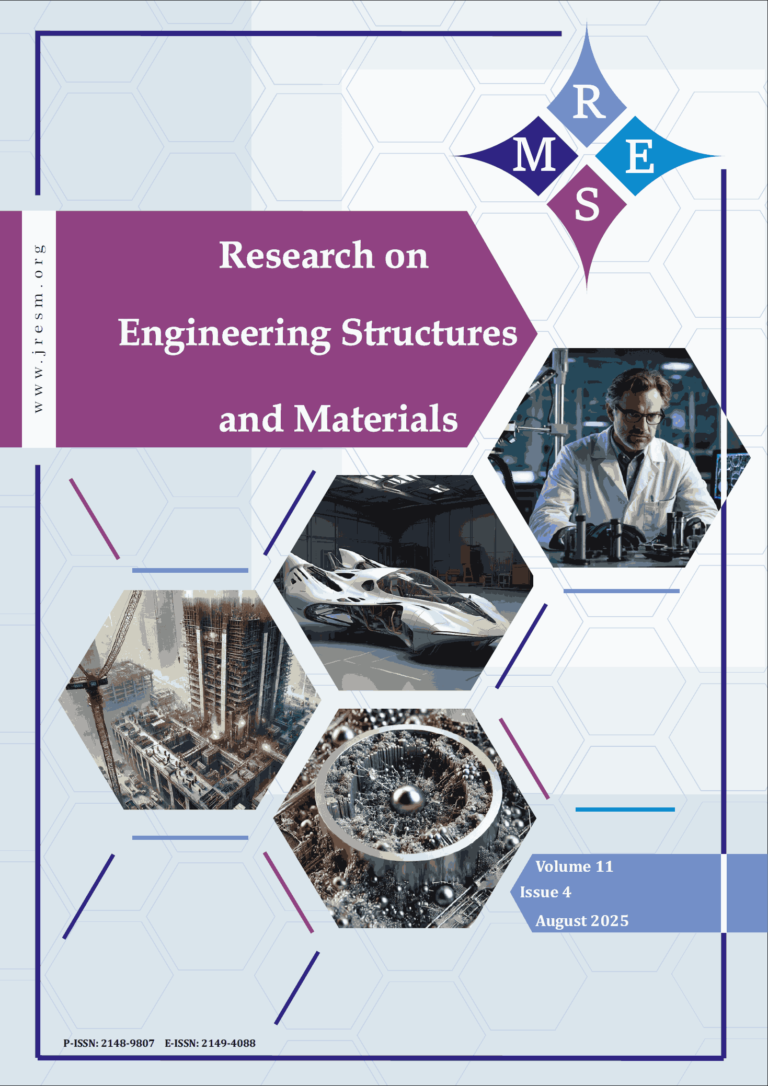Potential solutions are therefore needed to remove barriers and promote the successful adoption of sustainable energy technologies, since impediments make it difficult to put sustainable energy technology into practice. Finding and prioritizing the most effective approaches to help the construction industry embrace sustainable energy technology and get over its obstacles is the aim of this study. The main strategies for lowering obstacles to the adoption of sustainable energy solutions are ranked using the approach this study suggests. The two approaches that form the foundation of the system are the analytical hierarchy process (AHP). In order to determine methods and obstacles, a comprehensive literature analysis is first conducted. The options are then appraised and the weights of the various obstacles to sustainable energy solutions are established using pairwise comparison and AHP. The building industry in the developing countries is the practical application of the proposed approach. The framework offers a comprehensive and practical instrument for decision-making on the adoption and application of sustainable energy solutions. The financial, political, and economic barriers rank as the biggest impediments, per the findings. The removal of these could be facilitated by funding, competent authorities, and the development of appropriate legislation.
